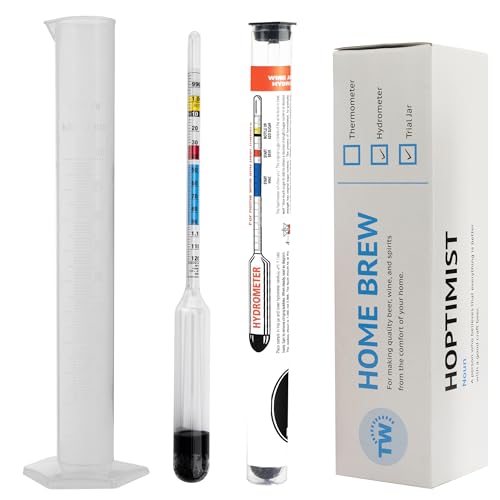MyQul
Chairman of the Bored
I pitched some Mangrove Jacks Californian Lager yeast into a Lite steam beer/pseudo lager a little over 24 hours ago and there's absolutely no activity. I'm guessing it was a duff packet of yeast. The best before date was june I think and I've had it in my fridge a couple of months or so.
I've got a packet of notty so I will pitch that but when should I pitch it? I was thinking after 36 hours of no activity. This has never happened before
I've got a packet of notty so I will pitch that but when should I pitch it? I was thinking after 36 hours of no activity. This has never happened before







































